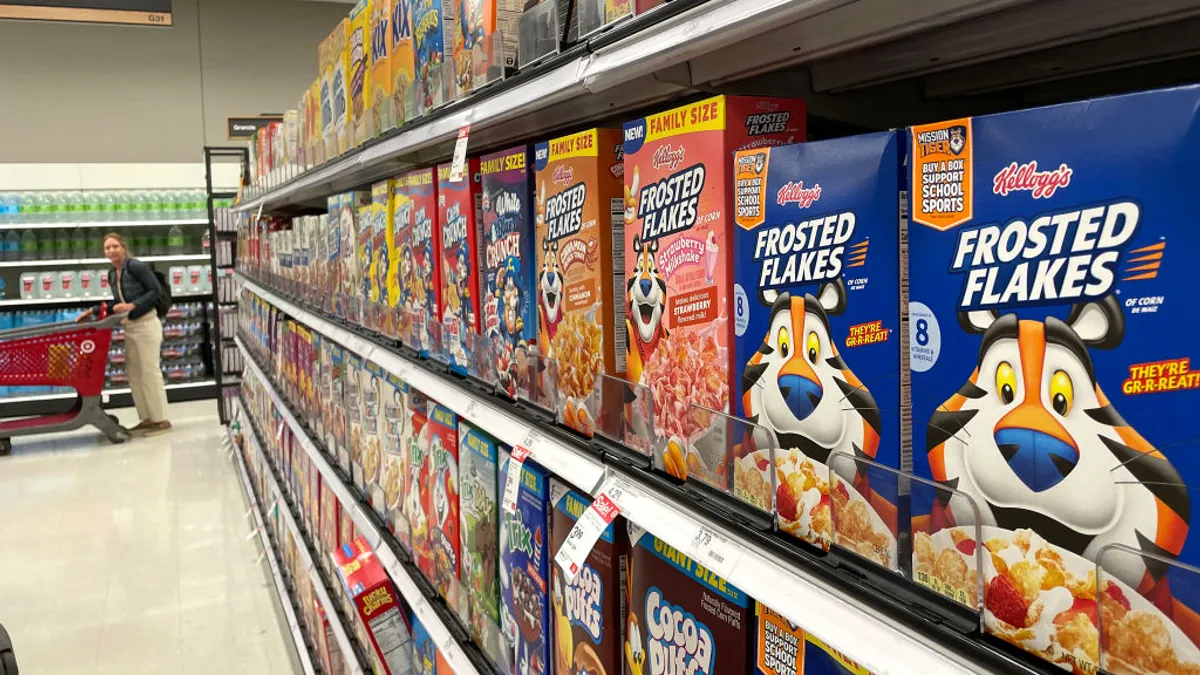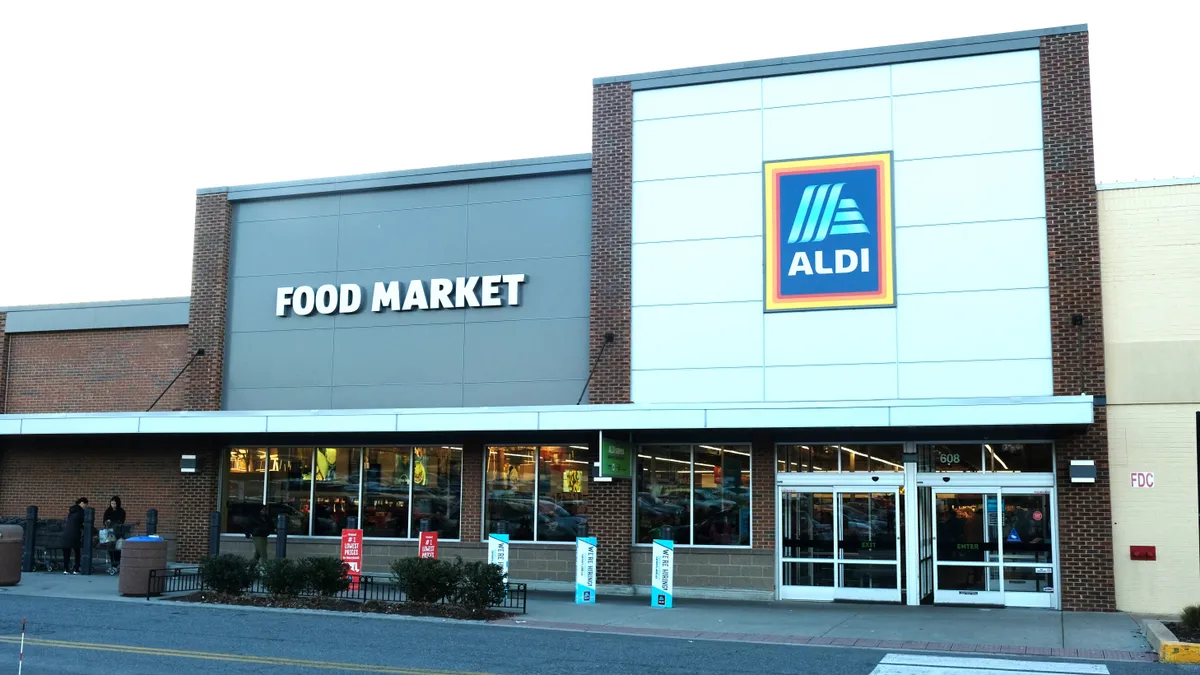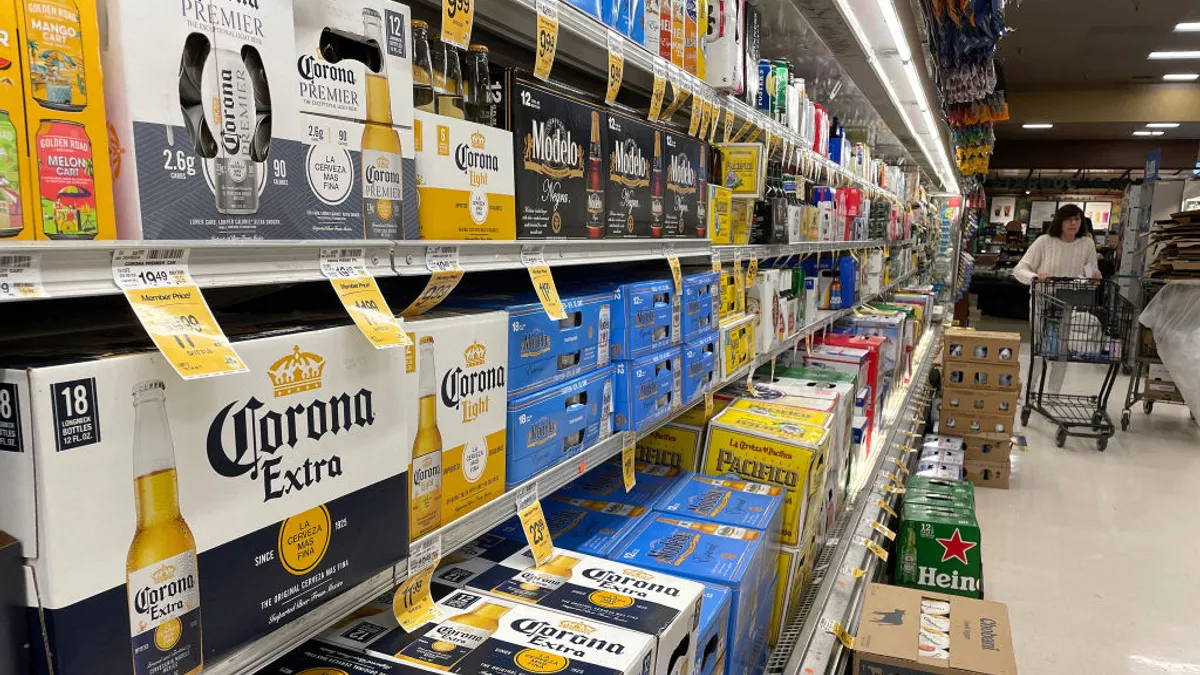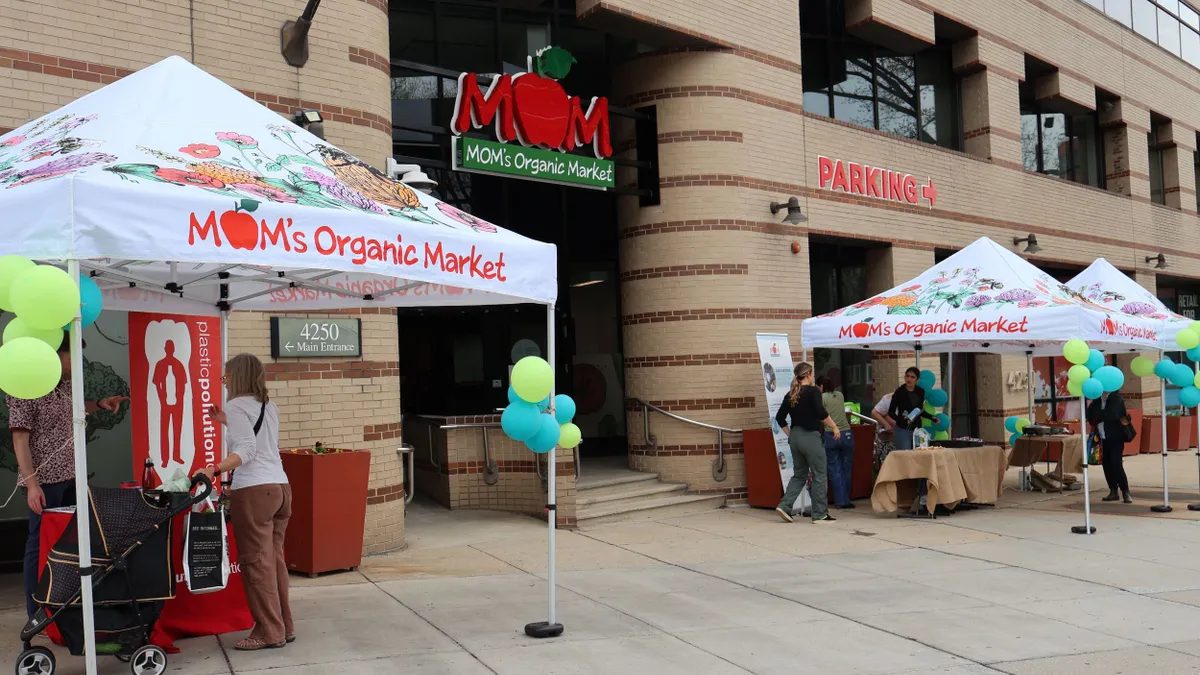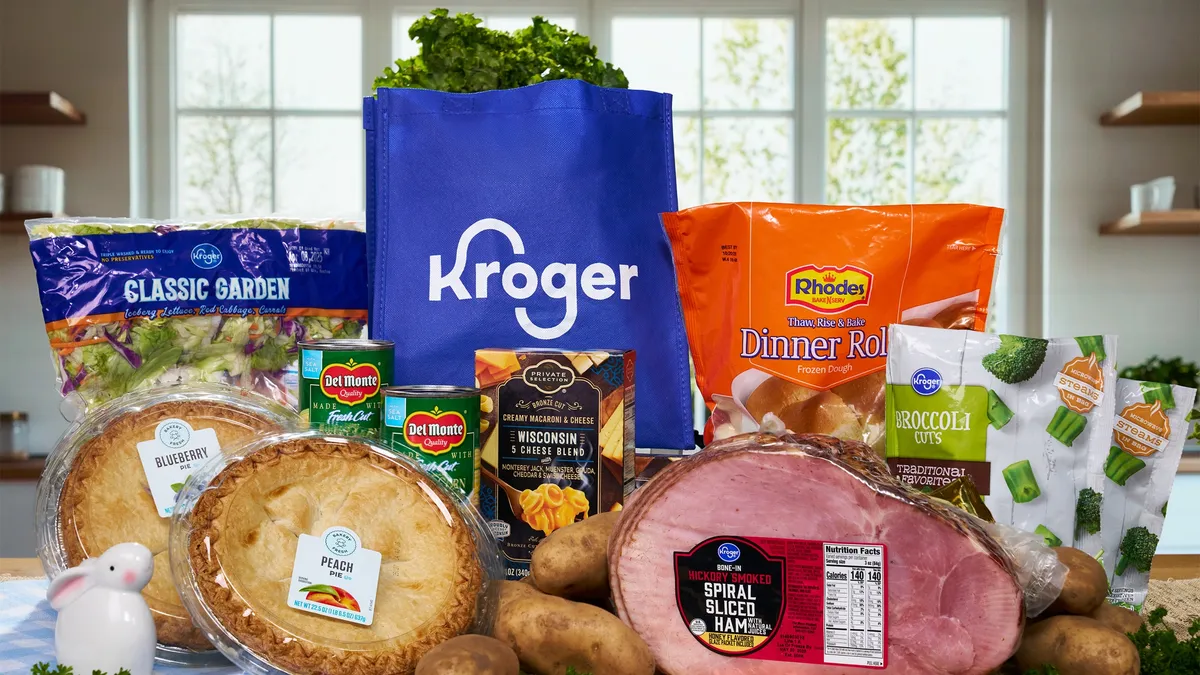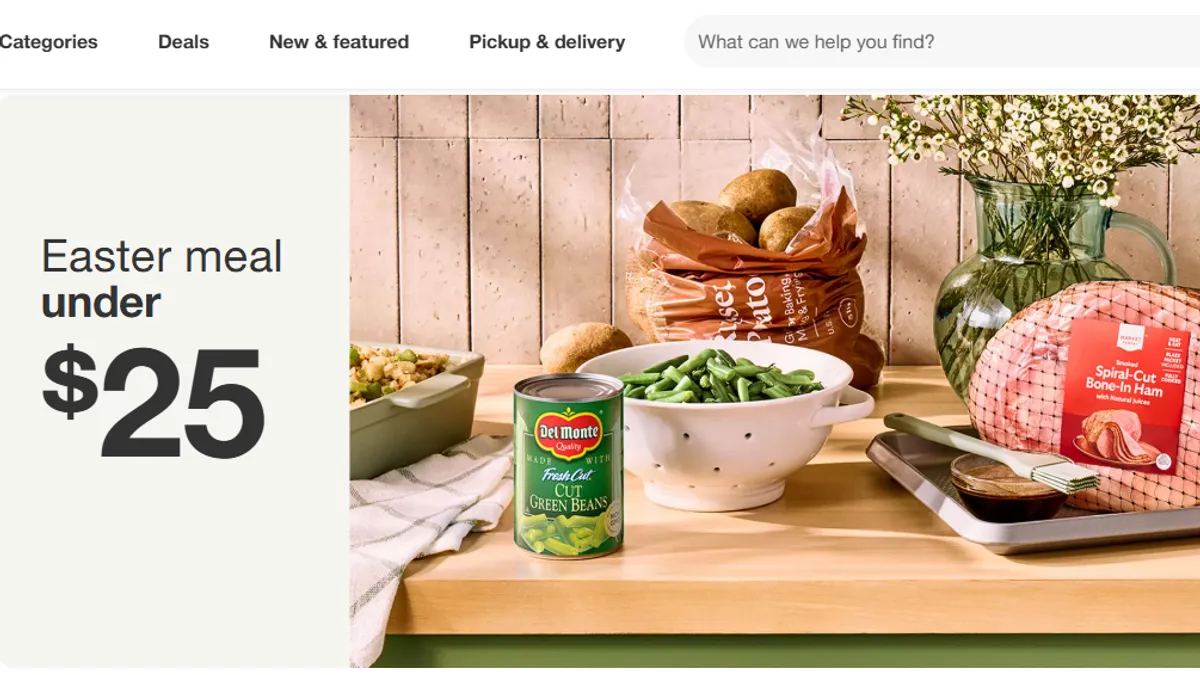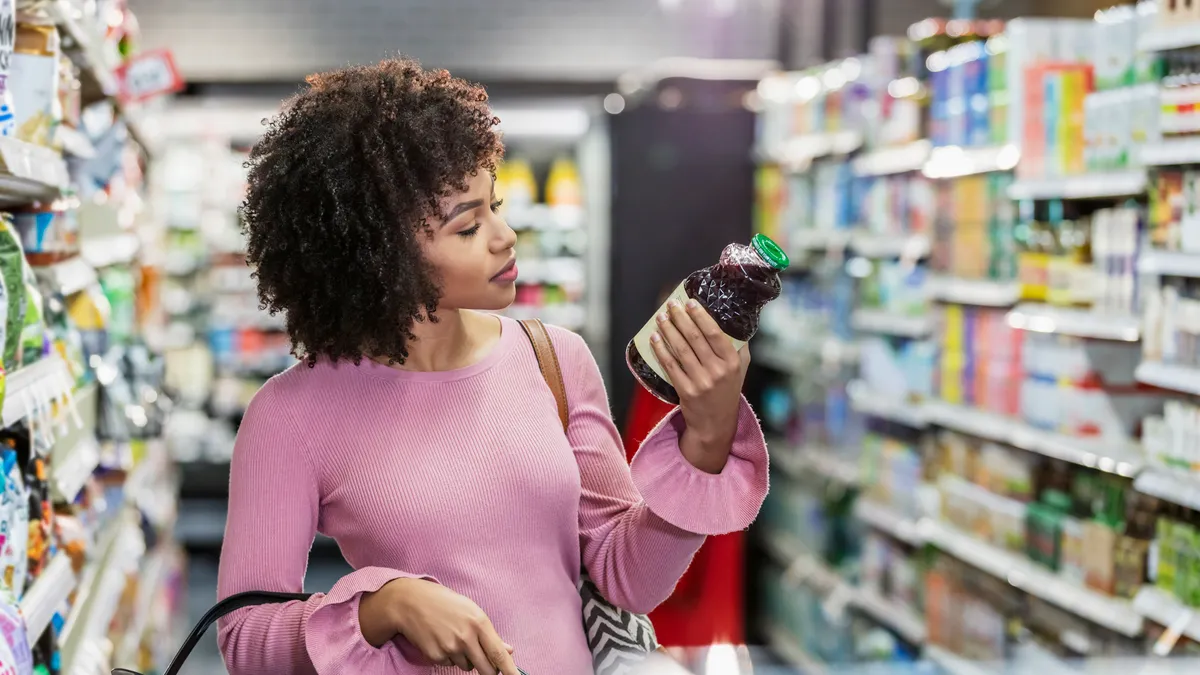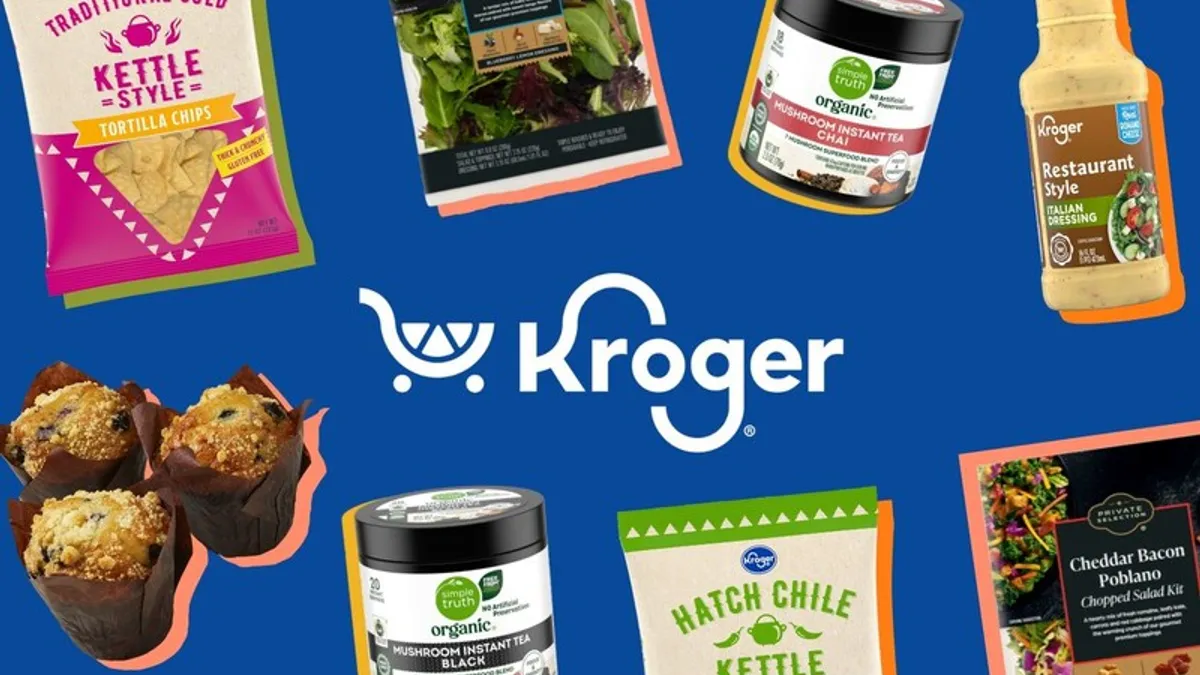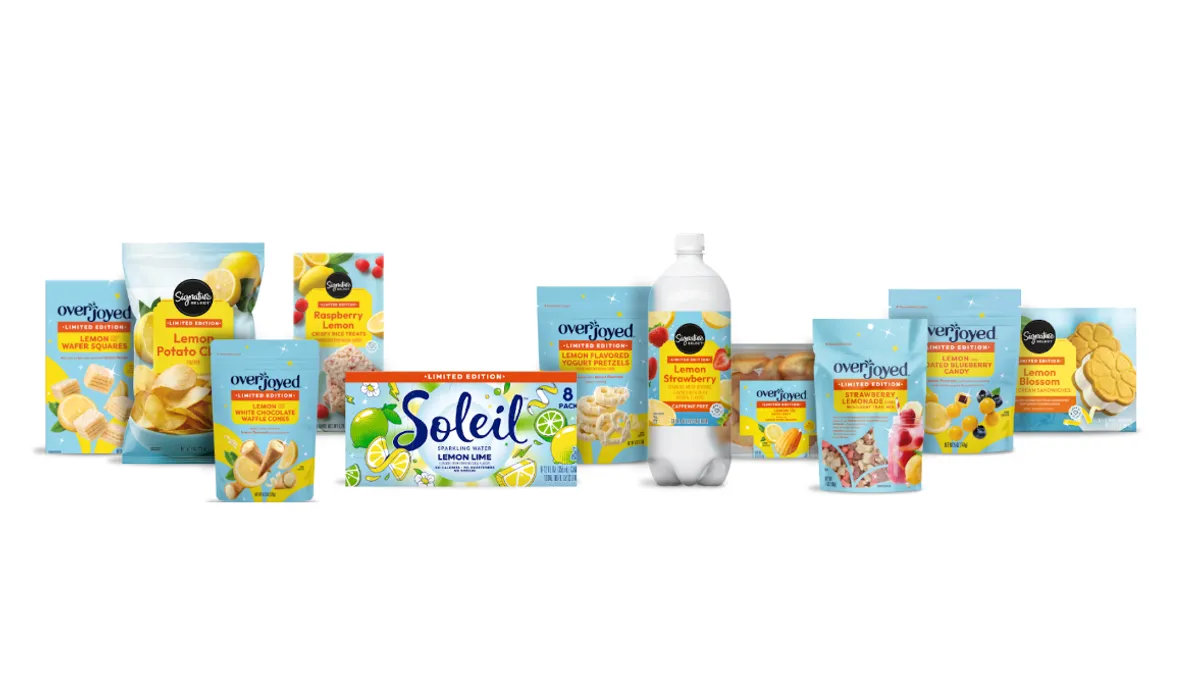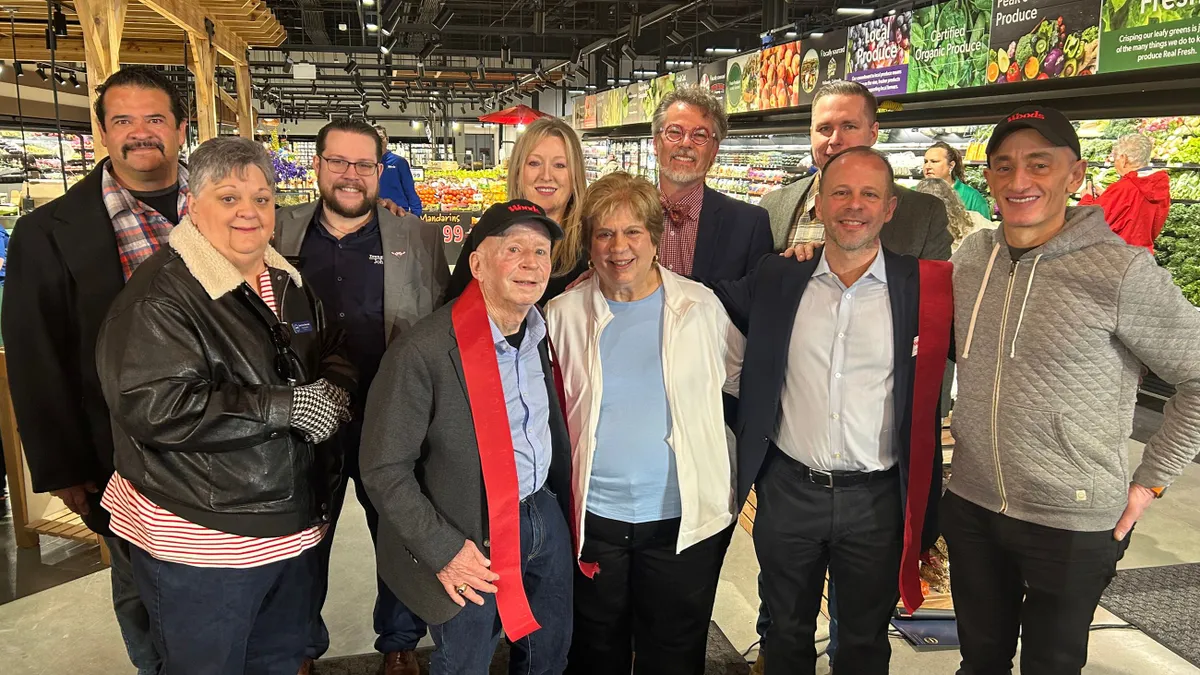As the threat of another trade war looms over the food and beverage sector, experts say the industry is likely to respond by raising prices or by quietly cutting costs through smaller portion sizes or a reformulation of ingredients.
President Donald Trump is using tariffs to reshape global trade policy, proposing or enacting a flurry of duties on countries including its North American allies. Trump on Monday ordered a 25% tariff on steel and aluminum imports from all countries, while a 25% duty on imports from Canada and Mexico is set to go into effect on March 1.
Food is one of the industries most vulnerable to the effect of tariffs because the perishable nature of products makes it harder for companies to prepare. Although the vast majority of food consumed in the U.S. is also produced here, companies are reliant on other countries for key ingredients or packaging materials.
Canada is a major supplier of oats and increasingly has been an important partner in cocoa processing, said Tom Madrecki, who oversees supply chain issues at Consumer Brands Association, which lobbies on behalf of some of the largest food companies. Mexico, meanwhile, is a major player in the beverage industry and is one of the biggest suppliers of beer, flavored waters and liqueurs.
Beyond just ingredients, tariffs could also impact other aspects of production like packaging. Canada is a supplier of metal and paper products and a tariff on steel and aluminum would raise prices for canned foods or beverages.
Tight margins in the CPG sector mean food companies don't have the "ability to capture that tariff and absorb it," Madrecki said. However, many businesses are unlikely to immediately respond to tariffs by raising prices, especially as grocery inflation remains a persistent issue among consumers.
"They're going to be very careful about price increases right now," said Kent Esslinger, senior director of industry solutions for o9 Solutions, which helps major CPGs such as PepsiCo and snack maker Mondelēz International optimize their supply chains. "The consumer sort of said, 'We are not going to keep taking this.'"
As a result, Esslinger said CPG companies will likely try to cut costs in other ways. Food manufacturers will look for alternate ingredients, redesign packaging or reduce the size or quantity of an item – a practice known as "shrinkflation."
Some food and beverage giants have already announced potential product changes as tariff threats loom. In response to Trump's 25% tariffs on steel and aluminum, for example, Coca-Cola said it would likely sell more of its sodas in plastic bottles.
"The winners are going to be who can respond to this the most precisely and the most targeted without sacrificing volume and … market share," Essingler said.
Not all food companies, however, have the flexibility to adjust certain aspects of their supply chains to keep costs down, especially those in the import-heavy fresh fruit and vegetable sector. Businesses in the fresh fruit and vegetable sector can do very little to prepare or respond to tariffs, meaning those higher costs will likely be passed on to consumers.
Mexico made up half of U.S. fresh fruit imports and 69% of fresh vegetable imports in terms of value in 2023, data from the Department of Agriculture shows. It's unlikely that production of these fruits or vegetables could be offset by U.S. farms – especially since products like avocados require specific climates.
While other industries have been stockpiling parts or supplies in anticipation of another trade war, that's not as easy in the food sector.
"It's not as if you can be like 'Oh, well, let's just bring in all of the bananas right now and set them aside,'" Madrecki said. "Because the bananas aren't going to last very long."
Food and farm groups have pushed Trump to exempt certain ingredients that can't be grown in the U.S. from tariffs. Madrecki noted that the Consumer Brands Association is asking the administration to take a "strategic" approach to achieving its geopolitical goals without raising consumer prices in the process.
"There's a lot of concern across this country about rising costs and grocery inflation," Madrecki said. "And something that I think that the administration has to be mindful of is being able to assess, where does it make sense to impose tariffs [and] where doesn't it make sense to impose tariffs?”



